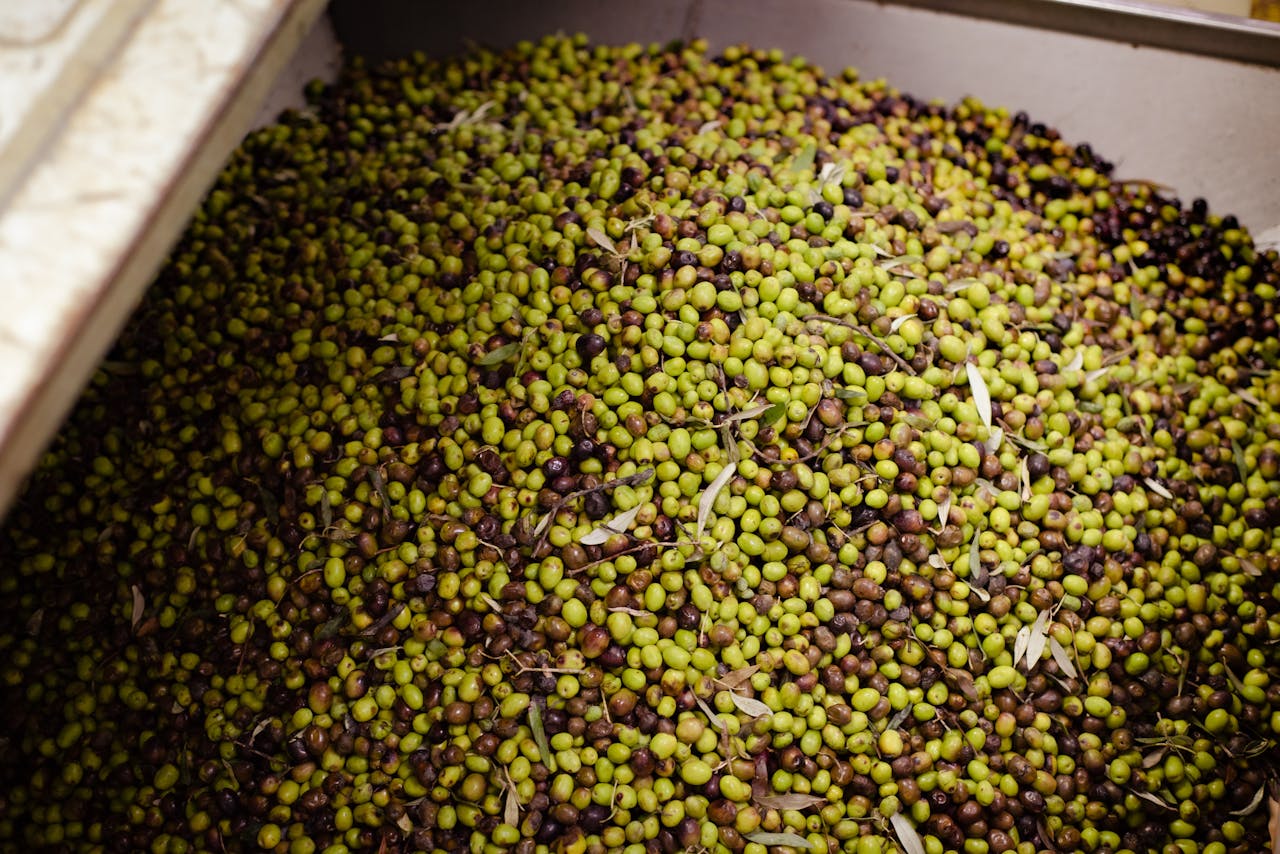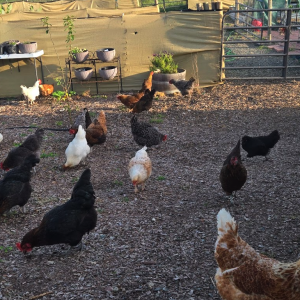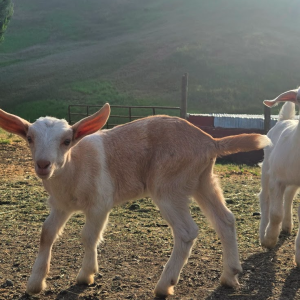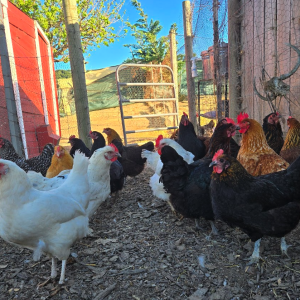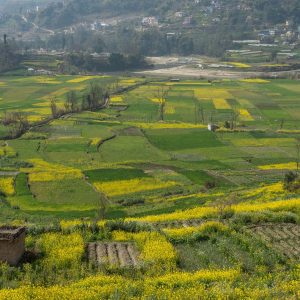### **Global Olive Oil Production: Key Countries, Volumes, Market Share, and Economic Impact**
Olive oil is one of the most prized and widely consumed culinary oils in the world, known for its health benefits, rich flavor, and versatility. The global olive oil industry is dominated by Mediterranean countries, but production has expanded to other regions in recent years. This article provides an in-depth analysis of the top olive oil-producing countries, their production volumes, market share, economic impact, and trends in the global olive oil market.
—
### **1. Overview of Global Olive Oil Production**
Olive oil is primarily produced in countries with a Mediterranean climate, where olive trees thrive. The global olive oil market is valued at **over $13 billion** (as of 2023) and is expected to grow at a compound annual growth rate (CAGR) of **3.5%** from 2023 to 2030. The industry is driven by increasing consumer awareness of the health benefits of olive oil, its use in gourmet cooking, and its incorporation into beauty and wellness products.
—
### **2. Top Olive Oil-Producing Countries**
The following countries are the largest producers of olive oil, contributing significantly to global supply:
#### **1. Spain**
– **Production Volume**: ~1.5 million metric tons annually (50-60% of global production).
– **Market Share**: 50-60%.
– **Key Regions**: Andalusia (Jaén, Córdoba, and Seville).
– **Economic Impact**: Spain is the undisputed leader in olive oil production, exporting to over 150 countries. The industry generates billions of dollars in revenue and supports thousands of jobs.
#### **2. Italy**
– **Production Volume**: ~300,000 metric tons annually.
– **Market Share**: 15-20%.
– **Key Regions**: Puglia, Calabria, and Sicily.
– **Economic Impact**: Italy is renowned for its high-quality extra virgin olive oil, which commands premium prices in international markets. Italian olive oil exports are valued at over **$2 billion annually**.
#### **3. Greece**
– **Production Volume**: ~250,000 metric tons annually.
– **Market Share**: 10-15%.
– **Key Regions**: Crete, Peloponnese, and Lesvos.
– **Economic Impact**: Greece has the highest per capita consumption of olive oil globally. The industry is a cornerstone of the Greek economy, with exports valued at **$1 billion annually**.
#### **4. Turkey**
– **Production Volume**: ~200,000 metric tons annually.
– **Market Share**: 5-10%.
– **Key Regions**: Aegean and Mediterranean regions.
– **Economic Impact**: Turkey is a major exporter of olive oil, particularly to the Middle East and Europe. The industry is growing rapidly, with increasing investments in modern production techniques.
#### **5. Tunisia**
– **Production Volume**: ~150,000-200,000 metric tons annually.
– **Market Share**: 5-10%.
– **Key Regions**: Sfax, Sousse, and Bizerte.
– **Economic Impact**: Tunisia is the largest olive oil producer in Africa and a significant exporter to the European Union. The industry plays a vital role in rural employment and economic development.
#### **6. Portugal**
– **Production Volume**: ~100,000-150,000 metric tons annually.
– **Market Share**: 3-5%.
– **Key Regions**: Alentejo and Trás-os-Montes.
– **Economic Impact**: Portugal is known for its high-quality olive oil, with exports growing steadily in recent years.
#### **7. Morocco**
– **Production Volume**: ~100,000 metric tons annually.
– **Market Share**: 3-5%.
– **Key Regions**: Marrakech, Fes, and Meknes.
– **Economic Impact**: Morocco is investing heavily in olive oil production to boost exports and rural development.
#### **8. Syria**
– **Production Volume**: ~80,000-100,000 metric tons annually.
– **Market Share**: 2-3%.
– **Key Regions**: Idlib and Aleppo.
– **Economic Impact**: Despite political challenges, Syria remains a significant producer of olive oil, primarily for domestic consumption and regional export.
#### **9. Algeria**
– **Production Volume**: ~70,000-90,000 metric tons annually.
– **Market Share**: 2-3%.
– **Key Regions**: Kabylie and Oran.
– **Economic Impact**: Algeria is increasing its olive oil production to meet domestic demand and expand exports.
#### **10. United States (California)**
– **Production Volume**: ~15,000-20,000 metric tons annually.
– **Market Share**: <1%.
– **Key Regions**: California (Central Valley).
– **Economic Impact**: The U.S. olive oil industry is small but growing, driven by increasing demand for locally produced, high-quality olive oil.
—
### **3. Global Olive Oil Market Trends**
– **Increasing Demand**: Global olive oil consumption is rising due to its health benefits, including its high levels of monounsaturated fats and antioxidants.
– **Premiumization**: Consumers are willing to pay more for high-quality extra virgin olive oil (EVOO), driving growth in premium segments.
– **Sustainability**: Producers are adopting sustainable farming practices to meet consumer demand for environmentally friendly products.
– **New Markets**: Non-traditional olive oil-producing countries, such as Australia, Argentina, and South Africa, are entering the market, increasing global competition.
—
### **4. Challenges in the Olive Oil Industry**
– **Climate Change**: Erratic weather patterns and droughts are affecting olive yields in key producing regions.
– **Fraud and Adulteration**: The olive oil industry faces issues with counterfeit products and adulteration, which undermine consumer trust.
– **Price Volatility**: Olive oil prices fluctuate due to variations in harvest yields and global demand.
—
### **5. Economic Impact of Olive Oil Production**
– **Employment**: The olive oil industry supports millions of jobs worldwide, particularly in rural areas.
– **Export Revenue**: Olive oil is a significant export commodity for Mediterranean countries, contributing billions of dollars to their economies.
– **Tourism**: Olive oil tourism (e.g., farm visits, tastings) is growing, providing additional revenue streams for producers.
—
### **6. Future Outlook**
The global olive oil market is expected to continue growing, driven by increasing health consciousness, culinary trends, and expanding production in non-traditional regions. However, producers must address challenges such as climate change and fraud to ensure the industry’s long-term sustainability.
—
### **Conclusion**
Olive oil is a vital agricultural product with deep cultural, economic, and culinary significance. The Mediterranean region remains the heart of global olive oil production, but new players are emerging, reshaping the industry. As demand for high-quality, sustainable olive oil grows, the sector will continue to play a crucial role in global agriculture and trade.
—

